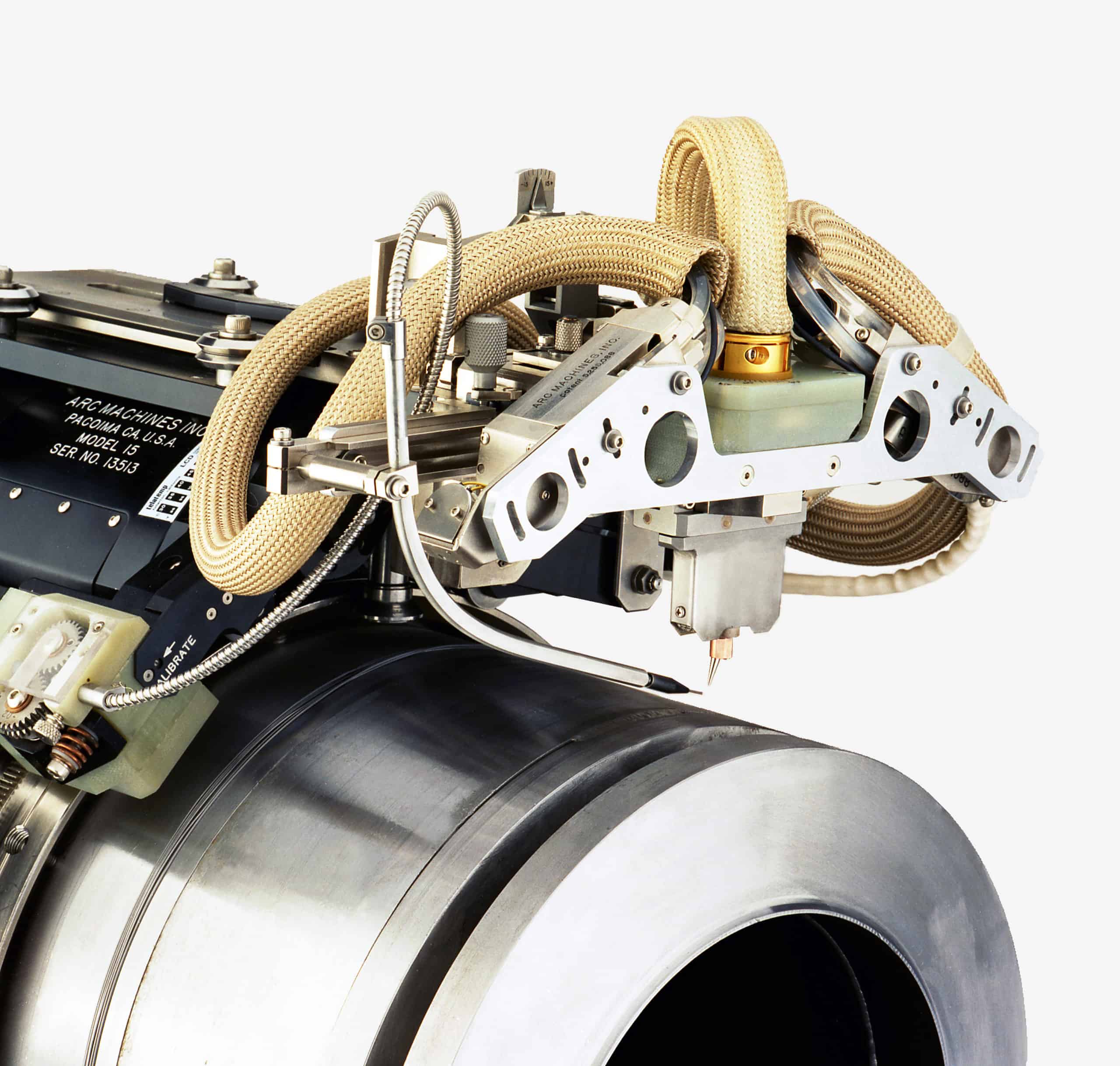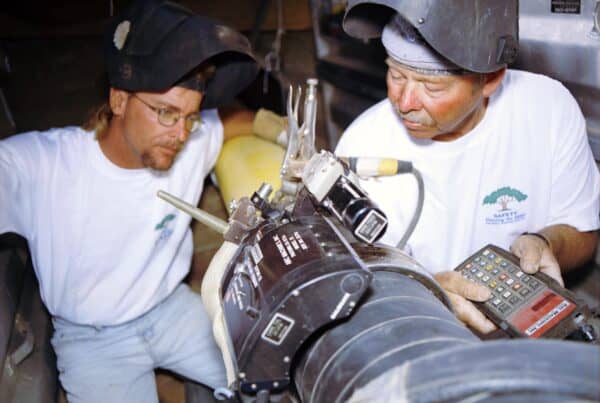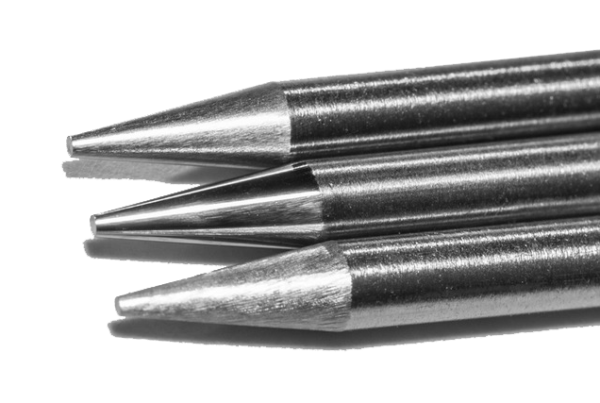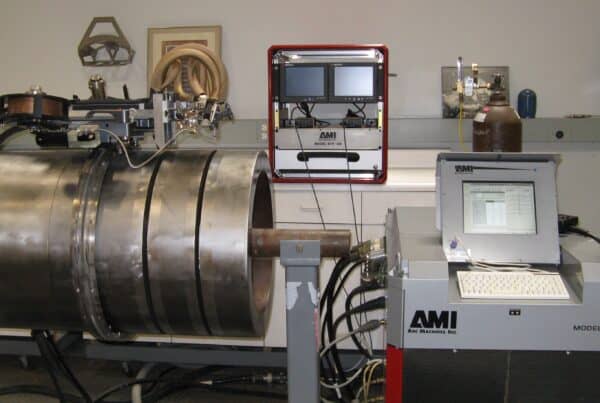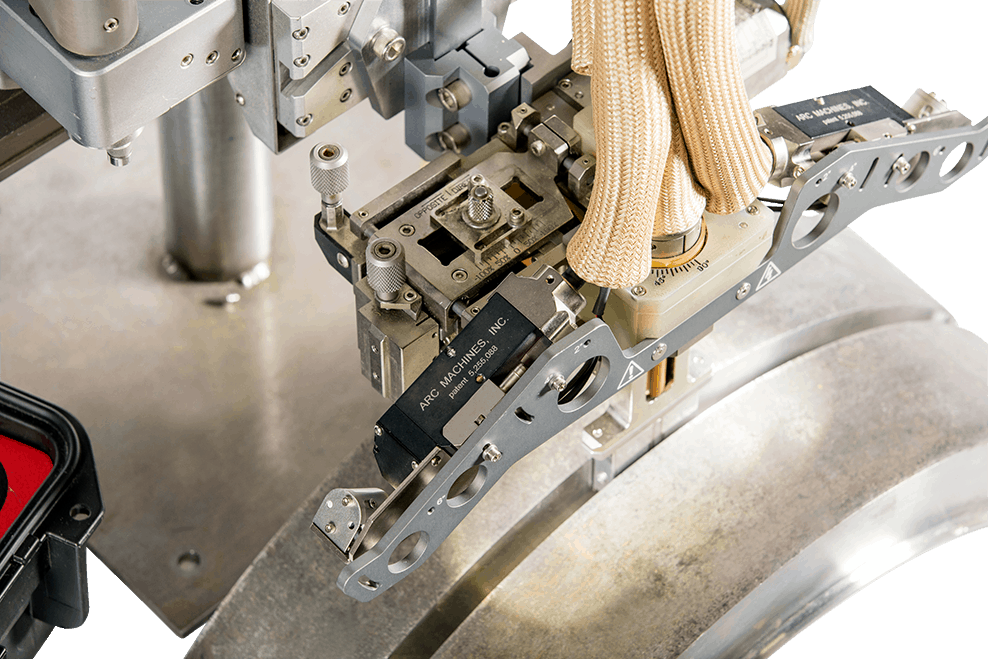
It often takes very little time for new welders to experience the detrimental health effects of welding. Flash-burned eyes are a familiar sensation to many welders in spite of precautions, and most welders know what it is like to work through metal fume fever to complete a shift. Although efforts are made by employers, worker safety groups, and welders themselves to prevent both these conditions, they’re still common, especially for welders working in tight spaces.
In some cases, light from the arc is reflected off surfaces behind the welder and then off the interior lens of the mask, burning the eyes. In an enclosed space, it sometimes isn’t possible to evacuate fumes produced by the welding process no matter how many fans are set up. If GMAW and GTAW processes are used, it isn’t always possible to set up fans at all since excessive airflow will blow away the shielding gas and contaminate the weld. One solution to these problems is to use an automated welding machine with remote video monitoring to complete the weld while the operator monitors the process from another location. In this article, we’ll talk about why remote weld monitoring is worth the investment and give regulations and considerations for arc welding in an enclosed space.
Guidelines for Arc Welding in an Enclosed Space
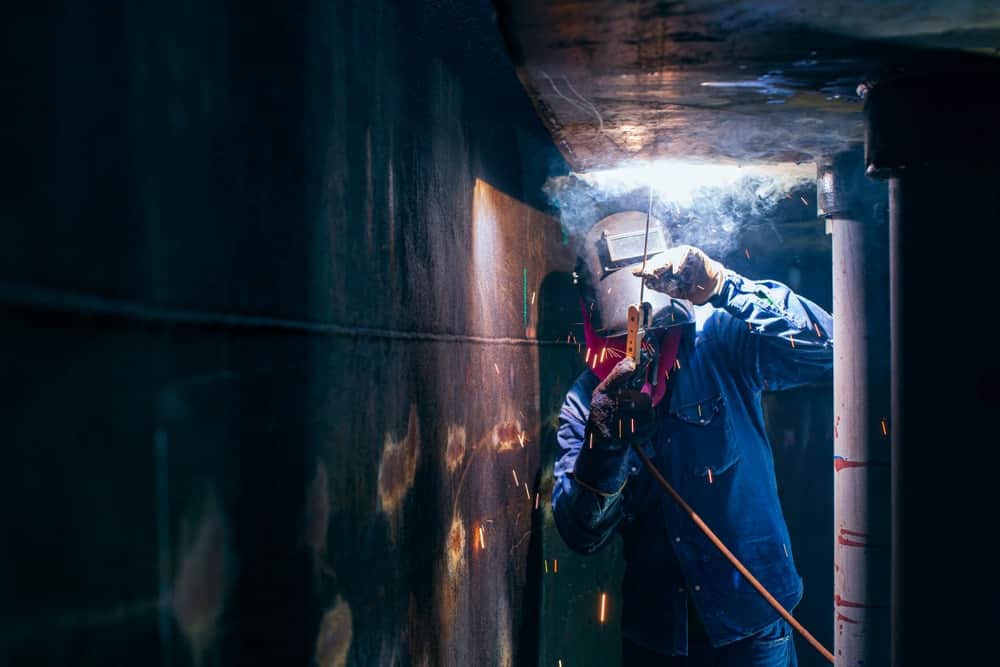
Welding is a hazardous task under normal circumstances; burns, electrical shocks, and the inhalation of potentially harmful gases are routine risks. Arc welding in small and enclosed spaces compounds these risks, but is unavoidable in some industries. Big bore pipe welding for water, sewer, and oil pipelines sometimes requires that the interior of the pipe be welded. Any welding that takes place below deck aboard a ship can be considered welding in an enclosed space. Even on oil drilling platforms and at petroleum refineries, where the structures involved are largely open to the atmosphere, welding must take place in confined spaces. Each of these industries has its own individual, often very specific, safety guidelines, but the gist of these requirements is generally similar across industries.
Arc welding in enclosed spaces should observe the following guidelines:
- The space should be free of atmospheric hazards. Enclosed spaces that trap flammable gases can be very dangerous if an arc is struck while those gases are present. A buildup of inert gases, on the other hand, can cause asphyxiation. Before starting, the welder should be certain the space is free of both. Gas detection instruments may be required to ensure a space is gas-free.
- The enclosed space should be ventilated. The U.S. Occupational Safety and Health Administration (OSHA) considers mechanical ventilation necessary if there is less than 10,000 cubic feet per welder, the ceiling height is less than 16 feet, or cross-ventilation is significantly obstructed.
- If used, mechanical ventilation methods or ventilation ducting shouldn’t block access or egress from the enclosed space. OSHA also makes it clear that ventilation or the mechanical air pumps used to ventilate a space should not interfere with the welder’s ability to enter or exit the space. If access is through a ladder, ramp, or elevator, for instance, the ventilation method cannot hamper its use.
- Gas cylinders and welding equipment should remain outside of the space. Exhaust gases can build up swiftly in confined spaces, so welding power supplies that use gas generators to deliver current should remain in a ventilated area. Gas bottles should remain well away from the work area to avoid sparks or heat compromising the vessels.
- An attendant familiar with rescue procedures may be needed to stand by in case of emergency. The hazards of arc welding in confined spaces are dangerous enough that the International Association of Drilling Contractors (IADC) specifies that an attendant be ready to pull the welder out of the space in case they become injured or overcome by fumes.
- The welder should be provided with proper personal protective equipment (PPE). Along with the usual protective equipment, IADC also suggests that the welder be equipped with a safety harness and lifeline so that an attendant has a means to pull him or her out should it become necessary.
- A fire watch should be detailed to observe neighboring spaces. OSHA provides additional guidance for fire prevention when there is the possibility that neighboring spaces might be exposed to sparks or heat from welding. OSHA recommends that the area be observed by someone with appropriate firefighting equipment to extinguish fires before they break out. The example given is in the case of ship repair, but the practice can just as easily be applied to other industrial sites where enclosed spaces neighbor sensitive areas.
These guidelines give a comprehensive overview of the hazards of arc welding in an enclosed space and the amount of effort required to maintain the safety of the welder and the environment. The recommendation to have a safety attendant available to assist the welder if they cannot extricate themselves emphasizes how truly dangerous these situations can be. The ideal solution is to remove welders from enclosed spaces entirely, which can be done thanks to improvements in automation and optics.
Remote Viewing Systems Provide a Safe Solution
Any welder will be familiar with the problem of trying to take a picture or video of a weld in-process. The result is always a bright ball of light, and even with a filter over the lens, it’s still difficult to see anything but the arc and perhaps the glow of the molten puddle. Active filtering changes this. Optics that filter certain light frequencies from a video feed allow the weld not only to be viewed remotely, but to be seen with a level of clarity that is superior to what can be seen through a welding helmet.
Combined with automated welding systems such as orbital welding, remote vision systems allow a level of precision control over the weld that cannot be matched by manual welding processes. The ability to remotely control and monitor a weld procedure also has the benefit of keeping welders safe from the hazards that are inherent to welding in confined, ill-ventilated spaces. Paired with mechanized welding processes, remote weld monitoring systems provide a solution for arc welding in an enclosed space or even in an inaccessible or hazardous location.
Arc Machines, Inc. specializes in automated orbital welding systems and the remote viewing systems needed to keep welders safe while welding in enclosed spaces. For inquiries regarding products, contact sales@arcmachines.com. For service inquiries, contact service@arcmachines.com. Arc Machines welcomes the opportunity to discuss your specific needs. Contact us to arrange a meeting.

